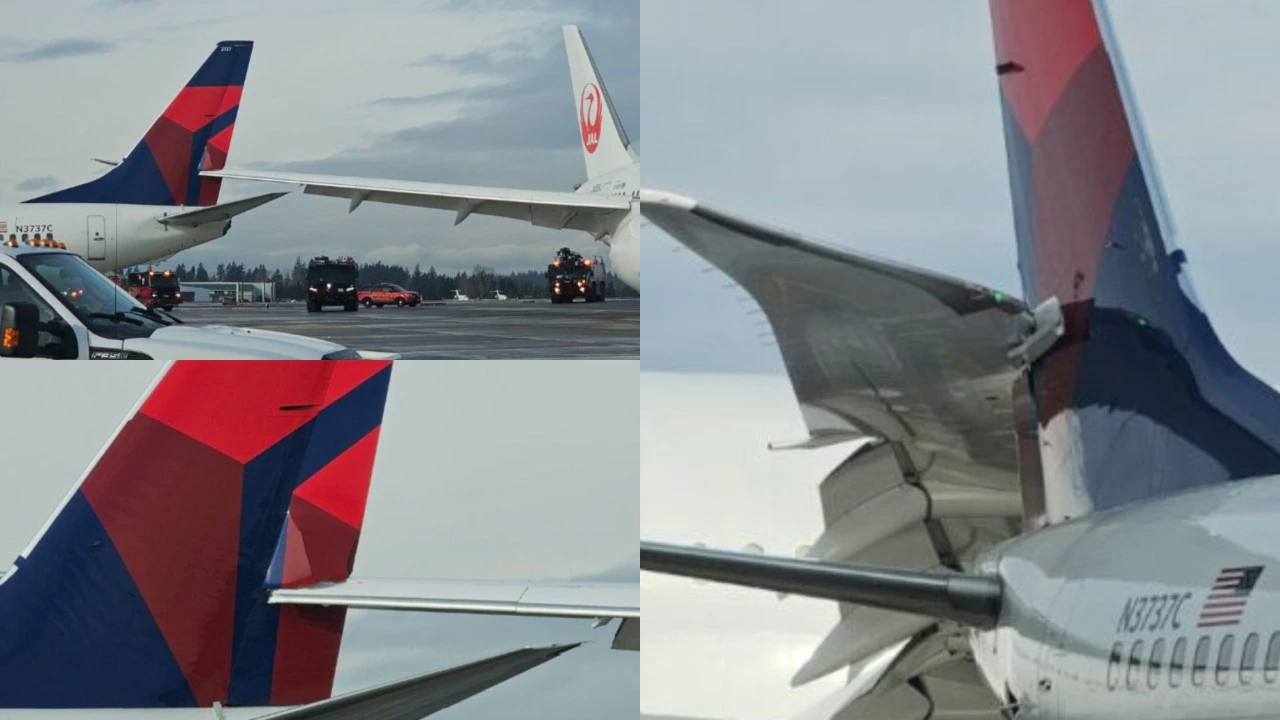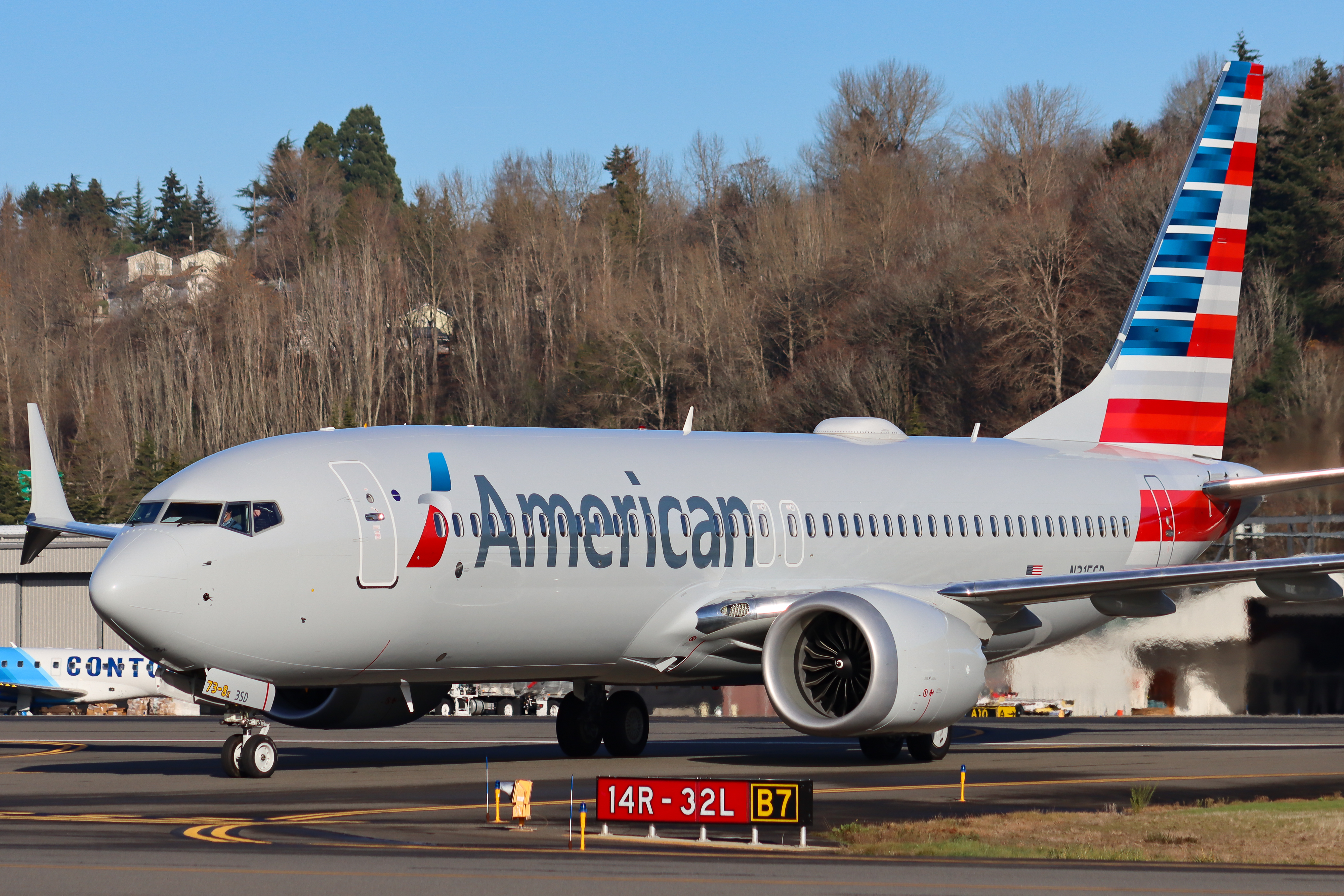You can follow all of TheExplorerBlog's updates on the MAX at our 737MAX Articles Page

On October 3 and 29 of 2019, flights JT610 and ET302 respectively were operated by Boeing 737 MAX8 aircraft and crashed as a result of a nose dive. The causes of the two accidents were complex, but linked mainly to the 737’s Maneuvering Characteristics Augmentation System (MCAS), which was introduced to the 737 MAX to manage changes due to the aircraft's considerably larger engine size than its predecessors. After the second crash, the Federal Aviation Administration (FAA) decided to ground all 737 MAX planes until the cause of the accidents was determined.
The MCAS software prevents the 737 from stalling by "pushing" the nose down. Stall is indicated through an Angle of Attack (AoA) sensor - the 737 Max is fitted with two, but MCAS only used one. If that AoA sensor failed, then the MCAS could activate when it shouldn’t, unnecessarily pushing the nose down. This is how both crashes were caused. The MCAS software has now been modified and now uses both AoA sensors, considerably increasing safety. The software also now only activates once, rather than multiple times, when a potential stall is signaled by both the AoA sensors. Pilots are provided with an "AoA disagree warning" which indicates the possibility of erroneous activation of MCAS. This warning was not standard equipment at the time of the two accidents – it had to be purchased by airlines as an option. Pilots will now be trained on the operation of the MCAS and management and its problems.

Recently the 737 MAX has started to take back to the skies in certain countries as the aircraft has been re-certified for passenger transport. Would you fly aboard the MAX? Let us know in the comments below!
Comments (0)
Add Your Comment
SHARE
TAGS
INFORMATIONAL 737MAX Boeing Flight Crash Issues Synopsis Aviation TheExplorerBlog AeroXplorerRECENTLY PUBLISHED
 Learjet Owned By Vince Neil Crashes Into Gulfstream Jet, 1 Fatality Confirmed
On February 10th, around 14:30 local time, a Learjet private jet aircraft crashed into another private jet after landing at Scottsdale Airport (SCF) in Arizona.
NEWS
READ MORE »
Learjet Owned By Vince Neil Crashes Into Gulfstream Jet, 1 Fatality Confirmed
On February 10th, around 14:30 local time, a Learjet private jet aircraft crashed into another private jet after landing at Scottsdale Airport (SCF) in Arizona.
NEWS
READ MORE »
 Seattle Plane Strike 2025: Japan Airlines and Delta Collision Raises Safety Concerns
Seattle-Tacoma International Airport saw a concerning incident on Wednesday morning when a Japan Airlines (JAL) plane clipped a parked Delta Air Lines jet while taxiing. Thankfully, no one was injured, but passengers described the collision as a frightening experience.
NEWS
READ MORE »
Seattle Plane Strike 2025: Japan Airlines and Delta Collision Raises Safety Concerns
Seattle-Tacoma International Airport saw a concerning incident on Wednesday morning when a Japan Airlines (JAL) plane clipped a parked Delta Air Lines jet while taxiing. Thankfully, no one was injured, but passengers described the collision as a frightening experience.
NEWS
READ MORE »
 Ethiopian Airlines Expands Cargo Fleet with New Boeing 777 Freighter
Ethiopian Airlines has expanded its cargo fleet with a brand-new Boeing 777 Freighter, registered as ET-BAB (MSN 68140). The aircraft was delivered directly from Boeing’s factory in Everett, Washington, USA, and landed at Addis Ababa Bole International Airport at 3:41 PM (GMT+3) on Wednesday, January 22, 2025.
NEWS
READ MORE »
Ethiopian Airlines Expands Cargo Fleet with New Boeing 777 Freighter
Ethiopian Airlines has expanded its cargo fleet with a brand-new Boeing 777 Freighter, registered as ET-BAB (MSN 68140). The aircraft was delivered directly from Boeing’s factory in Everett, Washington, USA, and landed at Addis Ababa Bole International Airport at 3:41 PM (GMT+3) on Wednesday, January 22, 2025.
NEWS
READ MORE »





